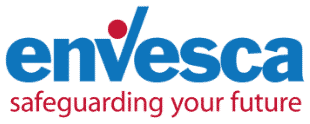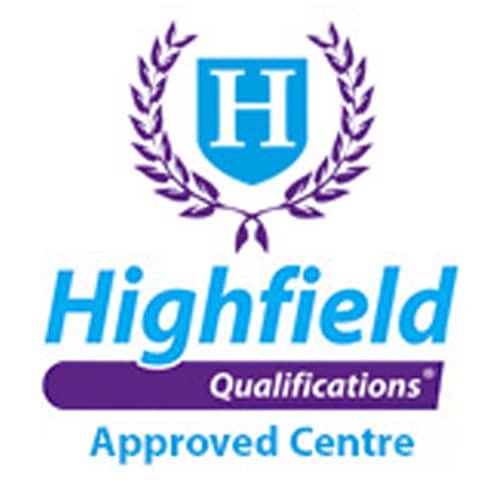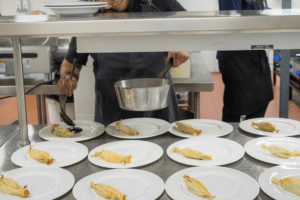Any business that prepares or sells food must adhere to food safety laws.
EHO visits, when an Environmental Health officer turns up at your door and inspects your business premises, are designed to determine whether you are compliant.
We’ve put together this guide to help you prepare for an EHO inspection and make sure that you score well.
What Is The Purpose Of An EHO Inspection?
The main role of EHO inspections is to maintain the same stringent level of food safety in all food businesses responsible for preparing or selling food. The scheme protects the public against food malpractice and the risk of potential foodborne illnesses, as well as providing them with an indication of the standards of an establishment before they’ve even stepped in the door.
Because of this, the outcome of an EHO inspection needs to be positive. Poor hygiene scores can very seriously damage the viability of your business. There are legal consequences to consider, and potential loss of business from customers who decide not to buy from you.
Businesses that require visits and should prepare for an EHO inspection include:
- Butchers
- Bakeries
- Delicatessens
- Takeaways
- Cafes
- Pubs
- Restaurants
- Hotels
- Schools, hospitals and care homes.
EHOs can turn up unannounced at any time to carry out an inspection, and the frequency of these visits is subject to the perceived risk your business presents to public health. New businesses, premises with an already low hygiene rating and those that have been complained about are all top of the list and will be visited every 6 months. Lower-risk premises can expect inspection visits around every 2 years.
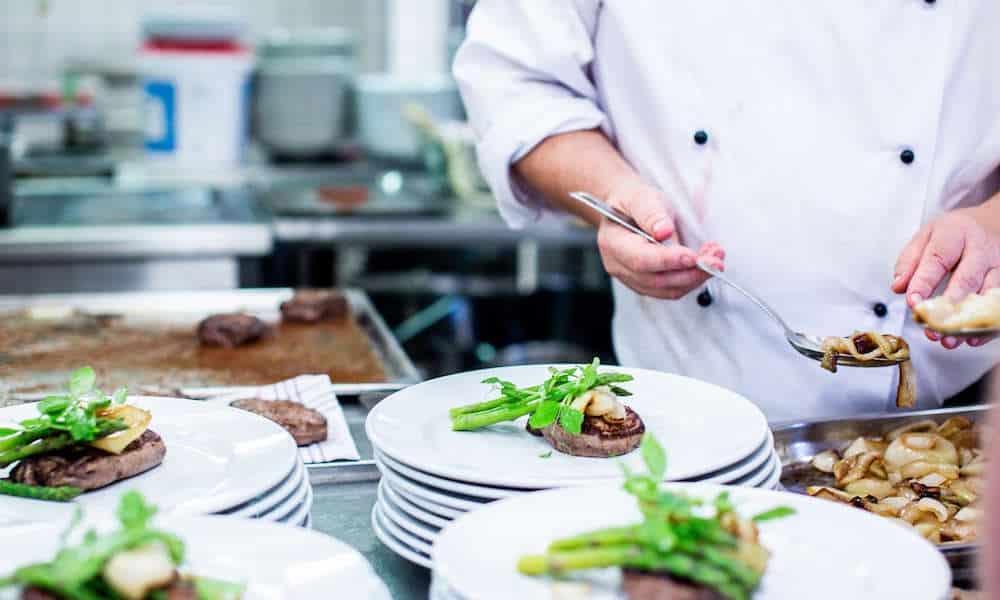
What Does An EHO Inspector Look For?
During an inspection, officers will assess the business on various factors. Knowing what these are will help you to prepare for an EHO inspection.
Safe Food Handling Practices
This means the storage, preparation and cooking of foods, including how it is reheated and cooled. EHOs will also judge whether staff members have adequate food hygiene training and assess the businesses’ contamination prevention methods.
Premises And Environment
EHOs will assess lighting, layout, ventilation and cleanliness, and cleaning techniques and frequency will also be scrutinised. How is equipment maintained? What practices are in place to maintain and record temperature control?
Food Saftey Management
EHOs will be looking for proof that the business is taking adequate precautions to keep food safe. This includes how food is labelled, how raw foods are stored, how best before dates are tracked, and the business’s ability to follow a food safety management system (FSMS).
For more about the role of an EHO and what they look for when they come to do an inspection, read this.
And now the question you’ve been waiting for… How exactly can you prepare for an EHO inspection?
#1 - Be Prepared
Food safety inspections aren’t planned. And that means that you need to be ready for an EHO visit at all times.
The first step is to know which bits of the regulations and legislation are relevant to you. You and your team need to have a good understanding of food hygiene and safety standards, so familiarise yourself with the Food Hygiene Regulations to prepare for an EHO inspection.
#2 - Hold Yourself Accountable
It’s down to you to remain compliant with food safety legislation and avoid putting your customers at risk.
Regularly audit your business’ capability of maintaining sufficient food safety standards to prepare for an EHO inspection. This enables you to identify potential issues and address them swiftly through changes to processes and procedures, bringing everyone on board.
Another way you can prepare for an EHO inspection is to invest in and document appropriate training for yourself and your team. Undertaking refresher courses to cement and broaden everyone’s knowledge after time has passed is also a brilliant way of keeping the topic of food safety front of mind.
And finally, but perhaps most obviously, create and implement procedures that help to make your business compliant. Be sure to review them regularly and monitor their efficiency.
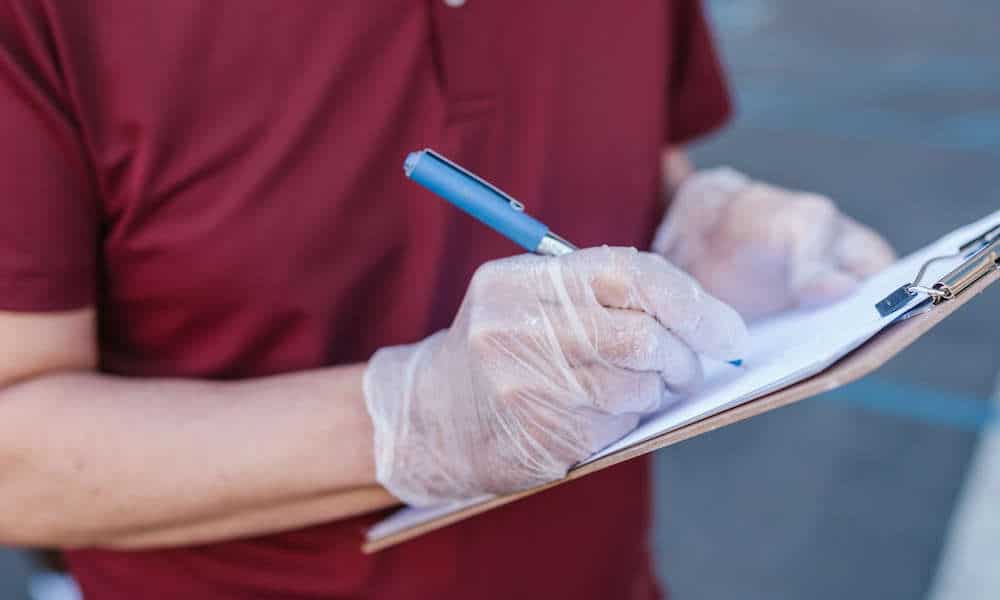
#3 - Create A Checklist
Who doesn’t love a list? A checklist is a simple way to achieve good habits within your business because working through it every day or week becomes routine.
A self-checklist to help you prepare for an EHO inspection should include all of the following items. If any of the answers to the below questions are ‘no’, get it sorted quickly!
Food Hygiene And Handling
- Are all foods stored in the correct order and at the right temperature?
- Are storage temperatures regularly monitored and recorded?
- Are foods correctly labelled?
- Are utensils and chopping boards colour coded and kept separate to avoid cross-contamination?
- Do all team members follow proper hand-washing procedures?
- Do all team members employ good personal hygiene?
- Are foods always heated to a minimum of 70°C core temperature?
- Are all monitoring records kept in an organised manner?
Environment
- Is there adequate lighting and ventilation?
- Do you have a pest control system?
- Is the premises clean and tidy, including storage areas and behind equipment?
- Do all fridges and freezers have thermometers?
- Is all equipment regularly maintained?
- Are there separate sinks for dishwashing and hand washing?
Safety Management
- Have all staff members undergone appropriate food hygiene training, and is it regularly refreshed?
- Are there robust cleaning procedures in play that can be evidenced?
- Do you have an organised and in-depth record of all cleaning and food hygiene-related procedures?
- Are there appropriate monitoring forms in situ for each food safety operation?
Food Hygiene Ratings Can Make Or Break A Business
The truth is you shouldn’t really need to prepare for an EHO inspection.
Businesses preparing and selling foods should already employ a rigorous everyday standard of food hygiene. We get it; the prospect of an EHO inspection is scary. But you’ll have no trouble getting through it if you meet these expected standards.
Wondering whether your business cuts the mustard? Envesca’s smart software helps you create virtual checklists so you can maintain your standard and achieve that all-important score on the door. Find out more here.
Find this helpful?
Signup to our email notifications to receive alerts when we publish new blogs. We promise not to spam your inbox, you will just get a short snappy intro to Health and Safety articles we think you will love.
"*" indicates required fields
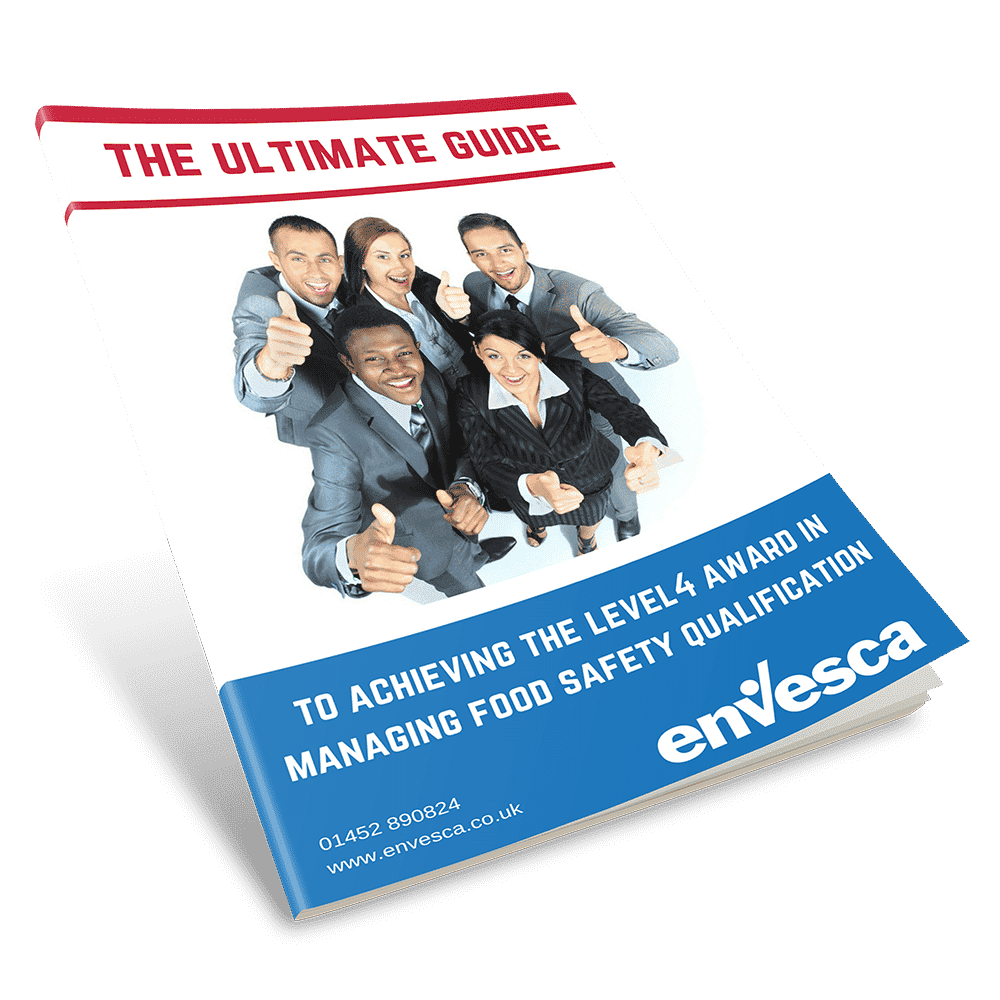
The Ultimate Guide to Passing the Level 4 Food Safety Examination
If you’ve got a question or query, please contact our super friendly team, they will be delighted to help you!
Simply get in touch via phone or email.
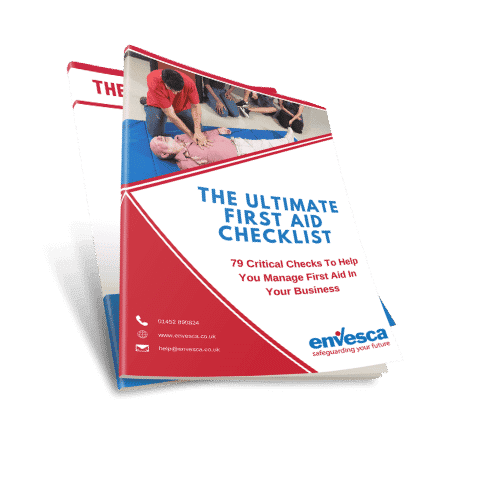
Free
Resources &
Downloads
Informative. Useful. Practical.
Here at Envesca we believe that we are good at giving proactive, sensible and useful advice. Below you will find some free resources that you can download on a host of subjects that will help you and your business.
Training Available
Envesca offer a number of different training courses, which offer advice and guidance on these topics.
